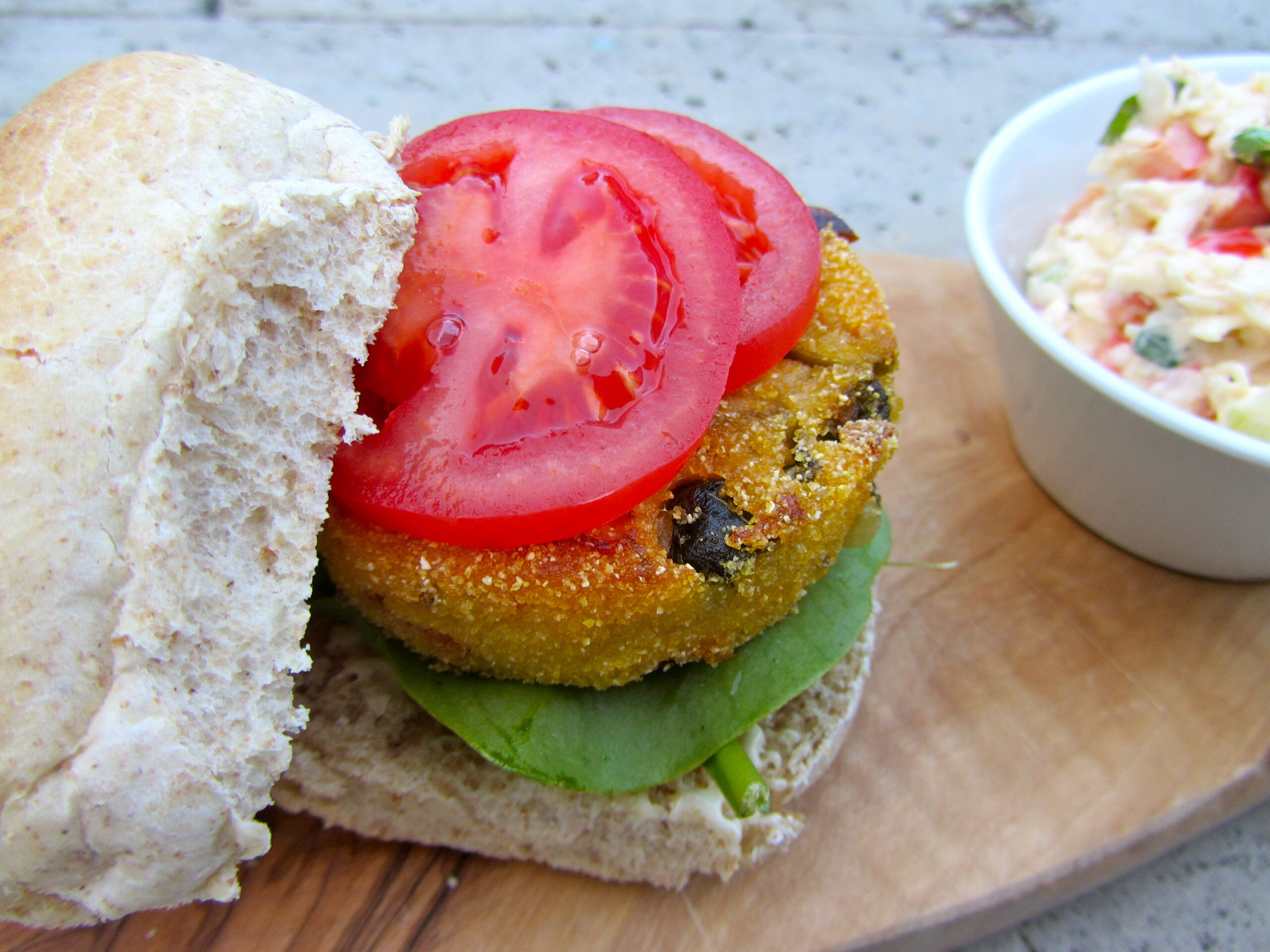A Useful Guide for Parents: Making Mealtime Fun with Flavoured Polenta
Hey there, super parents! We understand that feeding children can be quite the challenge. Making the same dishes every day? Boring! Not to worry, we’ve got the perfect dish to add colour, flavour, and fun to your children’s mealtime – flavoured polenta. Not only is this dish super delicious, but it’s also jam-packed with nutritional benefits that your kids will enjoy. So, are you ready to add some charm to your dinner table with this incredible dish? We bet you are! Let’s get right into it.
What is Flavoured Polenta?
You might be wondering, “What exactly is polenta, and how does adding flavour to it elevate my culinary game?” Well, polenta, traditionally a peasant food from Italy, is cornmeal porridge. Now, don’t let the ‘peasant food’ label put you off. Polenta is genuinely delightful, and it’s a versatile side dish that easily adapts to various flavours, which makes it a great canvas for creating a meal that your children will fall in love with.
Why Choose Flavoured Polenta?
The beauty of flavoured polenta lies not only in its delectable taste but also in its excellent post-cooking features. It is super easy-peasy to cook, hassle-free, and gives you plenty of room for mixing and matching flavours. Furthermore, it is a fun and exciting way to introduce your children to different types of food and flavours without making them nervous about trying something new.
Flavoured Polenta: A Nutritional Powerhouse
If you’re a parent, you know that the struggle is real when it comes to ensuring that your children are getting the right nutrients from their meals. But, guess what? The good news is that flavoured polenta is rich in essential nutrients that help in the growth and proper functioning of your children’s bodies. It’s high in fibre, low in fat and is a great source of vitamins and minerals. Talk about hitting the nutritional jackpot!
Choosing the Right Flavours for Your Children
This is where the real fun begins! The versatility of polenta allows you to experiment with a variety of flavours. Whether it’s cheesy polenta, creamy mushroom polenta or sweet polenta with fresh fruits, the possibilities are endless! The key to success here is knowing your child’s likes. Plus, involving your kids in choosing the flavours can make the mealtime more engaging and interactive. Isn’t that a cool way to transform your little picky eaters into enthusiastic food lovers?
We promise you that by the time you finish this guide, flavoured polenta will be your go-to recipe that will make every mealtime fun for both you and your children. Stay tuned for more delightful tips and recipes to help you rock your culinary world. Happy cooking!

Delicious Recipes to Try
Cheesy Polenta
A firm favourite among children, cheesy polenta is nutritious and lip-smackingly good. All you need is polenta, water, butter, and a healthy dose of your favourite cheese. You can use parmesan, cheddar, or any other cheese that your kids like. Sprinkle some herbs for an extra flavour.
Fruit Polenta
If your children have a sweet tooth, then fruit polenta could be the dish for them. Mix polenta with milk and sweeten it with honey or maple syrup. Top it up with fresh fruits like strawberries, blueberries, and bananas. Why not sprinkle some chocolate chips for that added joy?
Creamy Mushroom Polenta
For kids who love savoury dishes, creamy mushroom polenta will do the trick. Cook the polenta in chicken or vegetable broth for extra flavour, stir in some cream, and top it off with sautéed mushrooms. It’s a meal they’ll have a hard time resisting!
To Wrap Up…
Flavoured polenta is certainly a meal that has all the chances to become popular in your household. It’s nutritious, versatile, and incredibly tasty. With this handy guide, you are well-equipped to introduce your little ones to this delightful dish. Remember, the secret of success is to mix and match flavours according to your children’s preferences, take it easy, and, most importantly, have fun along the way. Here’s to many happy meal times with delicious flavoured polenta!
Preparing for Flavoured Polenta: A Guide for Parents
Are you wondering how to introduce flavoured polenta to your child’s menu? Here are five key things you should know.
1. Easy to Digest
Flavoured polenta is made from cornmeal that is highly digestible, so it’s an excellent food choice for children. It’s soft and has a pleasant texture, making it suitable for younger kids too.
2. Nutritional Value
Polenta is full of essential nutrients such as vitamin A, C, and a generous amount of fibre. You can increase its nutritional value by adding vegetables or lean proteins. Remember, a healthy child is a happy child!
3. Variety of Flavours
The beauty of flavoured polenta lies in the fact that you can experiment with a variety of flavours. From cheese and herbs to sweet versions with fruits and honey, these exciting flavours can make mealtime fun for kids.
4. Quick and Easy Preparation
As a parent, you might appreciate meals that are stress-free and quick to prepare. Flavoured polenta fits the bill as it only requires few ingredients and minimal cooking time.
5. Shelf Life
Did you know that uncooked polenta has a long shelf-life? It won’t go stale quickly, making it a pantry-friendly ingredient. However, once cooked, it should be stored in the refrigerator and consumed within a few days.
In conclusion, flavoured polenta is an excellent food option for kids — it’s nutritious, versatile, easy to prepare, and tasty. From breakfast to dinner, this superstar ingredient can be transformed into a range of delicious meals. Embrace the culinary adventure and take your child’s taste buds on a delightful journey!
For more great articles please see here. For more information see here
Disclaimer
The articles available via our website provide general information only and we strongly urge readers to exercise caution and conduct their own thorough research and fact-checking. The information presented should not be taken as absolute truth, and, to the maximum extent permitted by law, we will not be held liable for any inaccuracies or errors in the content. It is essential for individuals to independently verify and validate the information before making any decisions or taking any actions based on the articles.




